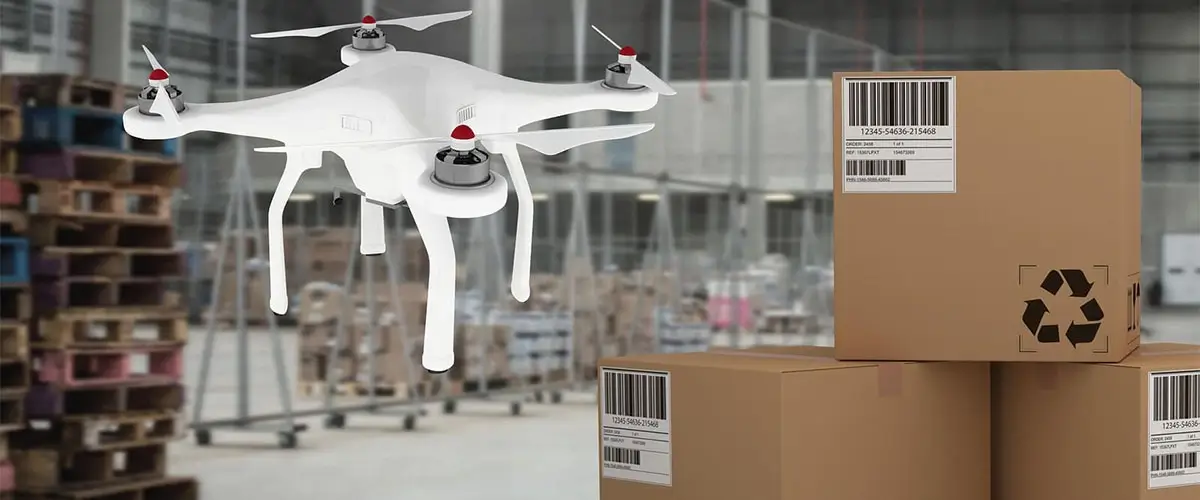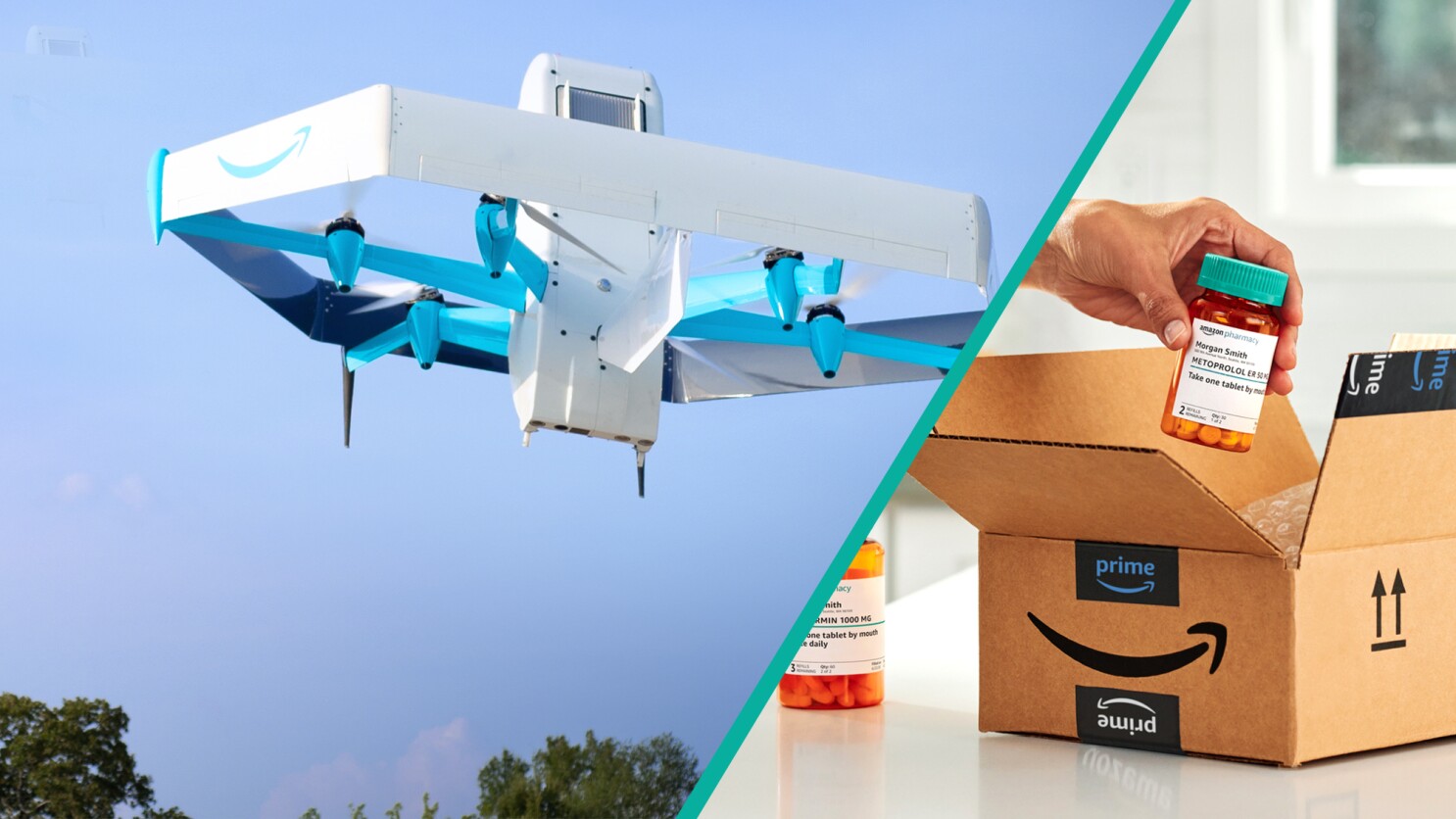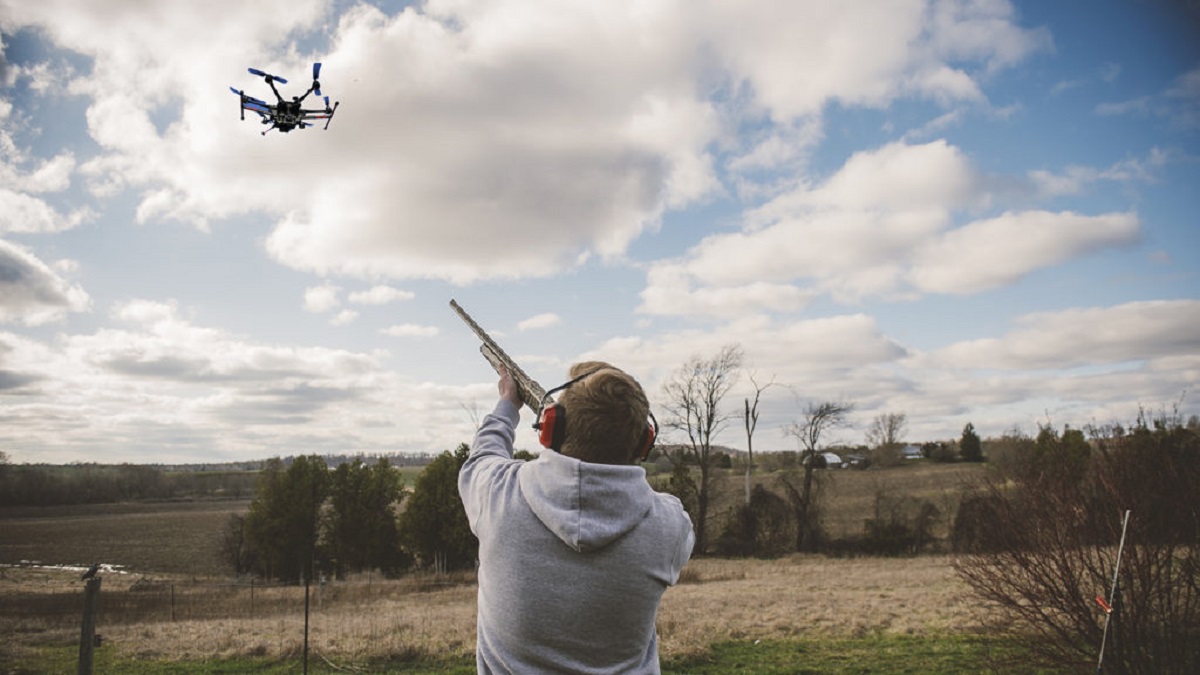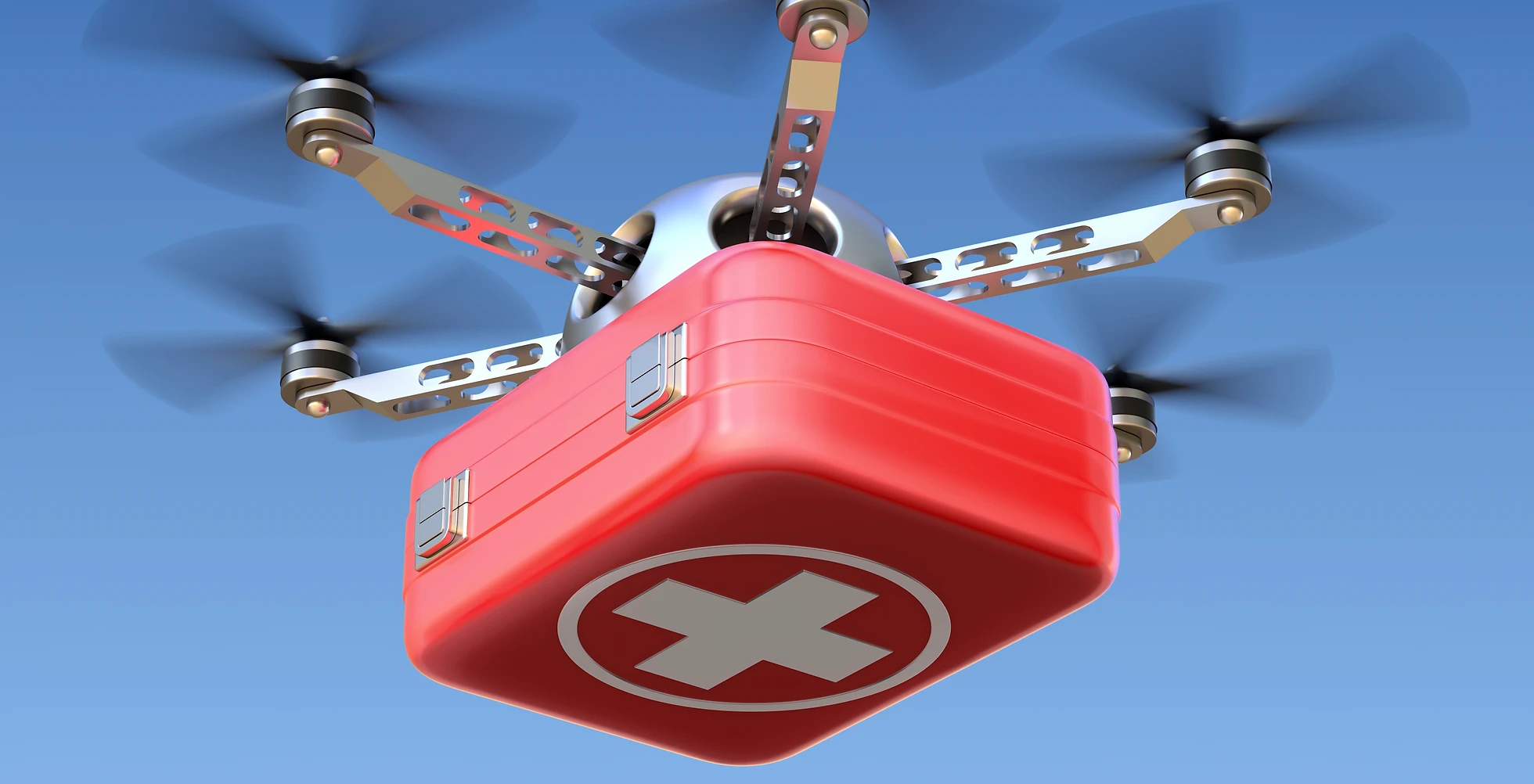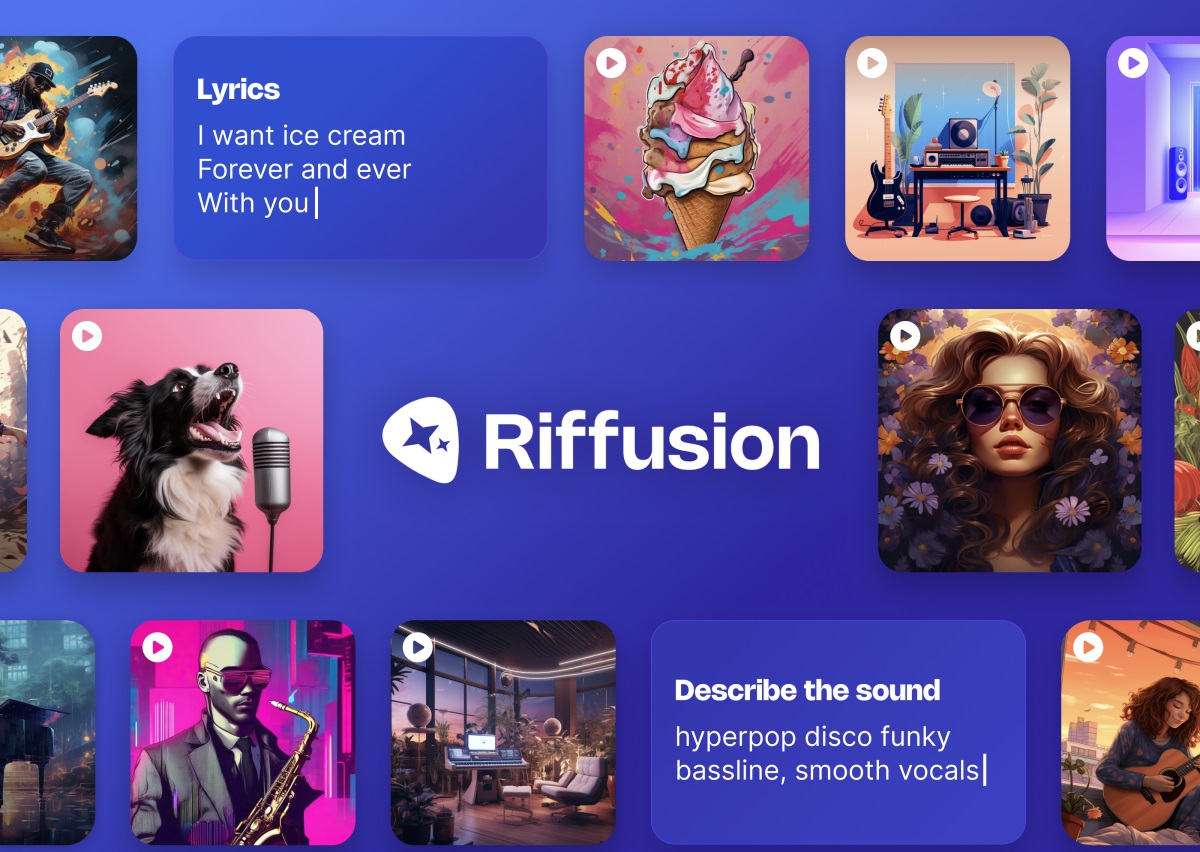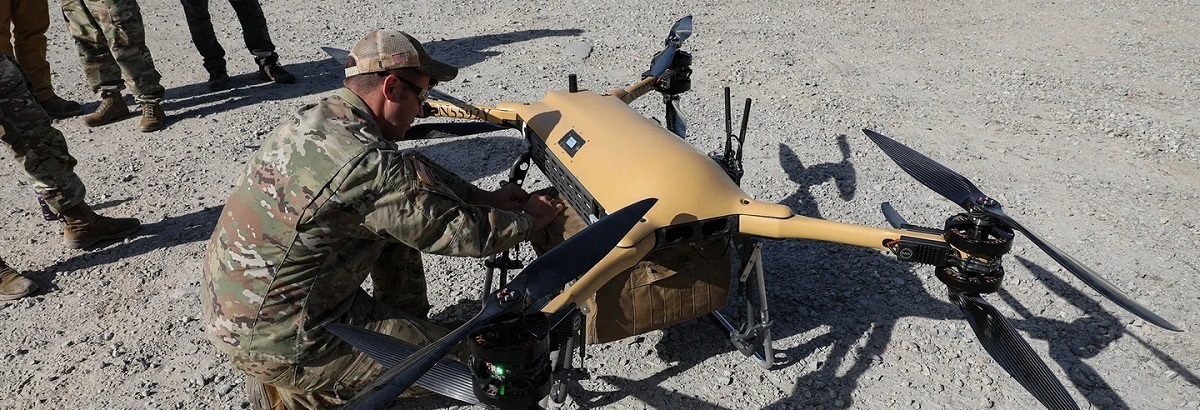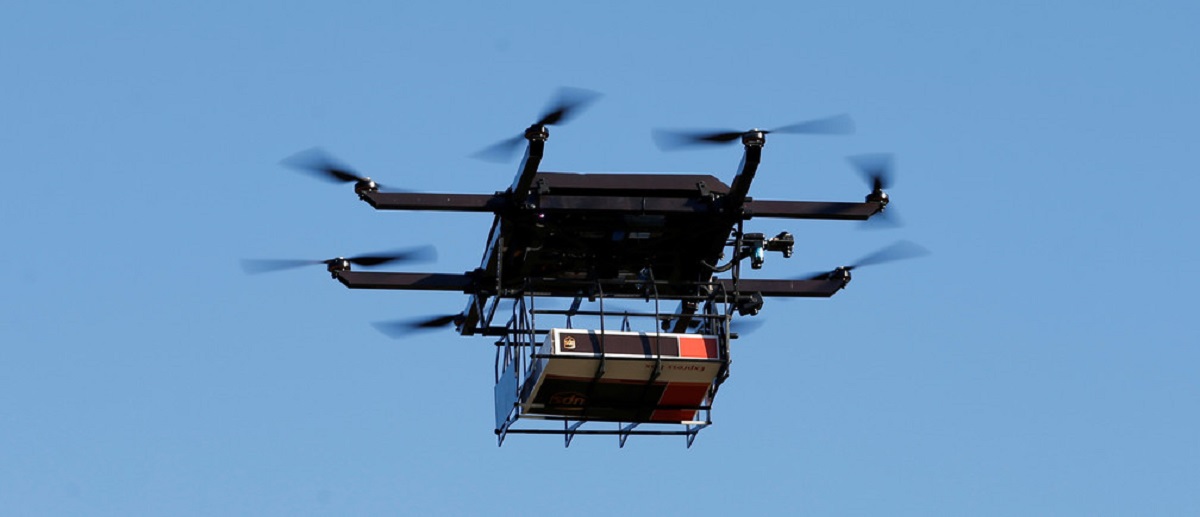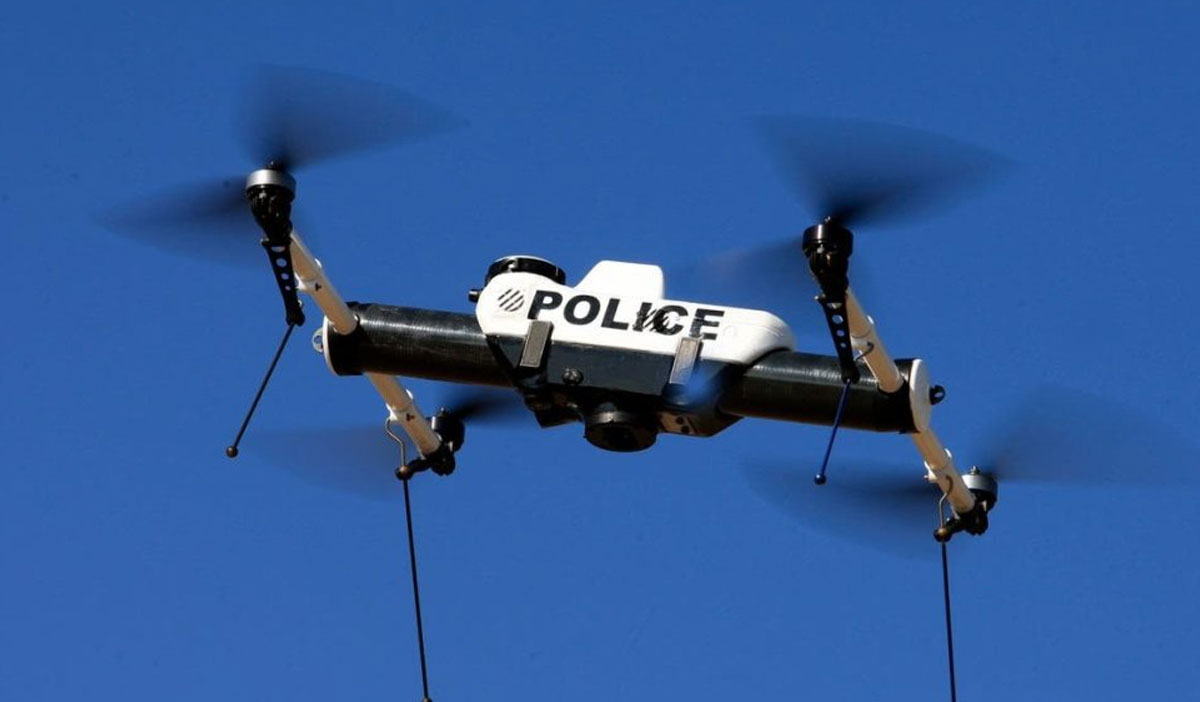Introduction
Supply drones have revolutionized the way we deliver goods in today’s fast-paced and technologically advanced world. These unmanned aerial vehicles (UAVs) are equipped with the ability to transport essential items efficiently and quickly, overcoming traditional logistical constraints. The utilization of supply drones offers a wide range of applications, from delivering medical supplies in remote areas to transporting emergency aid during natural disasters.
One of the key factors behind the successful performance of supply drones is their ability to perform tasks autonomously. Unlike traditional drones controlled by remote operators, supply drones maximize their efficiency by being taught how to execute their duties without human intervention. This training process involves the integration of various systems, including sensing and perception, learning techniques, data acquisition, and decision-making algorithms.
This article will examine the fundamental aspects of supply drones and delve into the intricacies of how they are taught to perform their tasks. It will explore the design and components of supply drones, as well as the techniques employed to enhance their abilities. By the end of this article, you will gain a deeper understanding of the training mechanisms and future advancements in the field of supply drone operations.
The Basic Design of Supply Drones
The design of supply drones encompasses the integration of various components and systems to ensure optimal performance and functionality. These drones are typically equipped with a sturdy frame, propulsion systems, and payload compartments to carry the necessary items. The frame is designed to be lightweight yet robust to withstand the demands of flight and protect the internal components from external elements.
Propulsion is a crucial aspect of supply drone design, as it determines the drone’s flight capabilities and maneuverability. Most supply drones utilize multiple rotors, commonly known as multirotor systems, to provide vertical takeoff and landing (VTOL) capabilities. These rotors are powered by electric motors and are strategically positioned to maintain stability and control during flight.
The payload compartment of a supply drone is specially designed to accommodate various items, such as medical supplies, small parcels, or even food items. These compartments are designed to be secure and robust, ensuring the safe transportation of goods during flight.
Additionally, supply drones are equipped with an array of sensors that enable them to navigate and perceive their surroundings effectively. These sensors include GPS systems for accurate positioning, altimeters to determine altitude, and accelerometers and gyroscopes to maintain stability and control. Other sensors, such as cameras and LiDAR (Light Detection and Ranging) scanners, provide vital information about the environment, allowing the drone to avoid obstacles and make informed decisions during flight.
The drones are also equipped with communication systems that allow them to connect with ground control stations or other drones in the swarm. This enables real-time data transfer and coordination, enhancing their efficiency and effectiveness during operations.
Overall, the basic design of supply drones combines lightweight and durable materials with advanced propulsion and sensing systems to ensure safe and efficient delivery of goods. These drones are continuously evolving to meet the demands of various industries and overcome logistical challenges, making them an indispensable tool for efficient and reliable supply chain operations.
Sensing and Perception Systems in Supply Drones
Sensing and perception systems play a critical role in the operation of supply drones. These systems enable drones to gather information about their surroundings and make informed decisions during flight. One of the primary sensors used in supply drones is the GPS (Global Positioning System), which provides accurate location data to ensure precise navigation and route planning.
In addition to GPS, supply drones are equipped with various other sensors, including cameras, LiDAR scanners, and ultrasonic sensors. These sensors work together to create a comprehensive perception system, enabling the drone to detect and identify obstacles, terrain, and weather conditions.
Cameras are utilized to capture visual information about the environment. They provide high-resolution imagery that can be used for object detection, tracking, and terrain mapping. The images captured by the cameras are processed in real-time to extract relevant information, such as the presence of objects or potential hazards.
LiDAR (Light Detection and Ranging) scanners use laser beams to measure distances between the drone and objects in its vicinity. This 3D mapping technology provides precise depth and distance measurements, allowing the drone to create detailed maps of its surroundings in real-time. This information is crucial for obstacle avoidance and accurate navigation, particularly in complex and dynamic environments.
Ultrasonic sensors are another type of proximity sensor commonly used in supply drones. These sensors emit high-frequency sound waves and measure the time it takes for the sound waves to bounce back after hitting an object. This data is then used to calculate the distance to the object and detect potential collisions.
Combined, these sensing and perception systems enable supply drones to navigate safely and efficiently in various environments. The information gathered by these sensors is processed by sophisticated algorithms and machine learning techniques, allowing the drone to make autonomous decisions such as adjusting its flight path, avoiding obstacles, or landing in a designated area.
As technology continues to advance, supply drones are expected to incorporate even more advanced sensing and perception systems. This includes the integration of artificial intelligence and computer vision technologies, enabling drones to recognize and interpret visual information in real-time. These advancements will improve the safety, accuracy, and reliability of supply drones, making them more capable of operating in complex and challenging scenarios.
Learning Techniques for Supply Drones
Learning techniques are integral to the training and operation of supply drones. These techniques enable drones to improve their performance through experience and feedback. By implementing learning algorithms, supply drones can adapt to different environments, optimize their flight paths, and enhance their overall efficiency.
One of the widely used learning techniques for supply drones is machine learning. Machine learning algorithms allow drones to learn from the data collected during their operations. This data includes various parameters such as flight telemetry, sensor readings, and performance metrics. By analyzing this data, drones can identify patterns and make predictions, enabling them to optimize their flight paths, adjust their speed, or avoid obstacles.
Reinforcement learning is another prominent learning technique employed in supply drones. In reinforcement learning, drones learn to perform certain actions based on the reward or punishment they receive as feedback. For example, if a drone successfully avoids an obstacle, it might receive a reward signal, reinforcing the behavior. On the other hand, if the drone fails to avoid an obstacle, it might receive a punishment signal, discouraging the behavior.
Deep learning, a subset of machine learning, has also been applied to supply drones. Deep learning algorithms, such as neural networks, can analyze complex data sets and extract meaningful information. Drones equipped with deep learning capabilities can process images, sensor data, and other inputs to make sophisticated decisions, such as recognizing objects, identifying landing zones, or predicting weather conditions.
Furthermore, swarm intelligence is emerging as a promising learning technique for supply drones. Instead of operating as individual entities, drones can form a swarm and work collaboratively to achieve common goals. In swarm intelligence, drones communicate and coordinate their actions, sharing information and insights. This collective intelligence allows drones to solve complex problems, optimize routes, and improve overall operational efficiency.
It is worth noting that the implementation of learning techniques in supply drones requires a robust data acquisition and training process. Drones need to gather relevant data during their operations and use it to update their models and algorithms. This continuous learning process ensures that drones stay up to date with changing environmental conditions and improve their performance over time.
As the field progresses, the integration of advanced learning techniques in supply drones will further enhance their capabilities and enable them to adapt to dynamic and unpredictable scenarios. These techniques will not only optimize delivery routes but also improve safety measures, making supply drones more efficient and reliable in fulfilling their tasks.
Data Acquisition and Training for Supply Drones
Data acquisition and training are crucial steps in teaching supply drones to perform their tasks. These steps involve collecting relevant data and using it to train the drones’ algorithms and models, enabling them to make informed decisions during operations.
One of the primary sources of data acquisition for supply drones is through on-board sensors. These sensors collect various types of data, including flight telemetry, environmental information, and sensor readings. For example, GPS data provides precise location information, while camera footage captures visual data about the surroundings. This data is essential for understanding the environment, identifying obstacles, and optimizing the drone’s path.
In addition to on-board sensors, external data sources can also be used for training supply drones. This can include satellite imagery, topographic maps, weather data, and even crowd-sourced information. By leveraging these external data sources, drones can have a broader understanding of their operational areas and make more informed decisions.
Once the data is acquired, it is used to train the drones’ algorithms and models. This often involves using machine learning techniques, such as supervised learning or reinforcement learning. Supervised learning involves providing the drone with labeled training data, where it learns to associate specific inputs (e.g., sensor readings) with desired outputs (e.g., avoiding obstacles). Reinforcement learning, on the other hand, involves the drone learning through trial and error, receiving feedback in the form of rewards or punishments for its actions.
The training process usually involves exposing the drone to a diverse range of scenarios and data points. This allows the drone to learn and generalize its knowledge, enabling it to handle different situations effectively. The training data is fed into the drone’s algorithms, refining their decision-making capabilities over time.
It’s important to note that continuous training and re-training are essential for supply drones. As drones operate in dynamic environments, new data needs to be collected and incorporated into their training models regularly. This keeps the drones up-to-date and ensures their ability to adapt to changing conditions.
Furthermore, data privacy and security are critical considerations when it comes to data acquisition and training. Measures must be in place to protect the sensitive information collected by the drones and ensure that it is used responsibly and ethically.
By focusing on robust data acquisition and training, supply drones can improve their performance, responsiveness, and decision-making abilities. With advancements in data processing techniques and the availability of larger and more diverse datasets, the training process can become more effective, leading to more efficient and reliable supply drone operations.
Decision Making and Autonomy in Supply Drones
One of the defining features of supply drones is their ability to make autonomous decisions during operations. This autonomy is achieved through advanced decision-making algorithms and a high level of automation. This section explores the decision-making process and autonomy in supply drones.
Supply drones are equipped with sophisticated algorithms that process real-time data from sensors and other inputs. These algorithms analyze the gathered information, recognize patterns, and make decisions based on pre-defined rules or learned behaviors. For example, if a drone detects an obstacle in its flight path, it can autonomously decide to navigate around it or find an alternate route.
The decision-making process in supply drones involves a combination of reactive and deliberative approaches. Reactive decision making allows drones to respond quickly to immediate situations, such as avoiding obstacles or adjusting flight speed in real-time. Deliberative decision making, on the other hand, involves more strategic planning and optimization, such as selecting the most efficient delivery routes or managing battery power.
Autonomy in supply drones is achieved by providing them with a certain level of decision-making authority and control over their actions. While operators might set high-level objectives and parameters, the drones have the autonomy to analyze the immediate environment and take appropriate actions. This level of autonomy allows supply drones to operate in a range of scenarios autonomously, even in areas with limited or no communication with ground control stations.
However, it is important to note that supply drones still require human oversight and intervention in certain situations. Human operators are responsible for monitoring the drone’s performance, ensuring compliance with regulations, and addressing any unexpected or complex scenarios that may arise. This human-machine collaboration ensures safety, accountability, and regulatory compliance in supply drone operations.
To enhance decision-making and autonomy, ongoing advancements are being made in artificial intelligence (AI) technologies. The integration of AI allows supply drones to analyze complex data, recognize patterns, and make more intelligent and adaptive decisions. This includes the ability to learn from experience, adapt to changing conditions, and find innovative solutions to challenges in real-time.
Additionally, swarm intelligence plays a role in decision-making and autonomy in supply drones. By operating in a coordinated swarm, drones can share information, collaborate, and make collective decisions. This swarm intelligence enables them to optimize routes, distribute workload efficiently, and adapt to dynamic operational environments.
The decision-making capabilities and autonomy in supply drones have significant implications for the future of logistics and delivery systems. As technologies continue to evolve, we can expect supply drones to become increasingly independent, adaptive, and efficient in their decision-making processes, leading to more reliable and streamlined delivery operations.
Challenges and Future Developments in Supply Drone Training
The training of supply drones poses several challenges and opportunities for future developments. While significant progress has been made in this field, there are still hurdles to overcome to maximize the potential of supply drone operations.
One of the key challenges is the availability and quality of training data. Collecting relevant and diverse datasets that accurately represent real-world scenarios can be complex and time-consuming. The diversity in environmental conditions, obstacles, and operational requirements adds complexity to the training process. Improving data acquisition methods and leveraging advanced data augmentation techniques can help address this challenge.
Another challenge in supply drone training is the integration of ethical considerations and regulations. As autonomous machines, supply drones must adhere to strict safety guidelines and ethical frameworks. Ensuring that drones operate within legal boundaries and prioritize the safety of people and property is a crucial aspect of their training. Developing robust algorithms and protocols that address ethical concerns, such as privacy, security, and community acceptance, is vital for the responsible use of supply drones.
Furthermore, the growing complexity of supply chain operations requires training algorithms that can handle dynamic and unpredictable environments. Supply drones need to be capable of adapting to changing weather conditions, traffic patterns, and unforeseen obstacles. Incorporating advanced machine learning techniques, such as reinforcement learning and deep learning, can enhance the adaptability and responsiveness of supply drones.
Interoperability and coordination between different drones and systems also pose challenges in supply drone training. Developing standardized protocols and communication systems that enable seamless cooperation between drones, ground control stations, and other autonomous vehicles is essential. This allows for efficient collaboration, optimized routing, and the formation of drone swarms, maximizing the efficiency and scalability of supply drone operations.
In terms of future developments, advancements in artificial intelligence and sensor technologies will continue to enhance supply drone training. AI algorithms can enable drones to learn from experience, adapt to new environments, and make more intelligent decisions. Additionally, improvements in sensor technology, such as the integration of advanced object detection and identification systems, can enhance the perception and situational awareness capabilities of supply drones.
Another area of future development is the optimization of energy efficiency in supply drones. Training drones to optimize their flight paths, reduce power consumption, and incorporate efficient battery management systems can extend their operational range and increase their payload capacity. This is particularly important for long-distance deliveries and operations in remote areas.
Furthermore, ongoing research and development in autonomous navigation and obstacle avoidance will contribute to the improvement of supply drone training. Incorporating cutting-edge algorithms and sensors that enable drones to effectively navigate through complex urban environments, avoid collisions, and handle unexpected obstacles will enhance the safety and reliability of supply drone operations.
Overall, meeting the challenges and embracing future developments in supply drone training requires collaborative efforts from researchers, policymakers, and industry stakeholders. By refining training methodologies, leveraging emerging technologies, and addressing ethical considerations, the potential of supply drones as a reliable and efficient delivery solution can be fully realized.
Conclusion
Supply drones have emerged as a game-changing technology in the field of delivery and logistics. Their ability to autonomously perform tasks and overcome traditional logistical constraints has revolutionized the way goods are transported. In this article, we have explored the basic design of supply drones, the sensing and perception systems they employ, the learning techniques used to train them, and their decision-making capabilities and autonomy.
The basic design of supply drones incorporates sturdy frames, propulsion systems, and payload compartments to facilitate efficient and secure transportation of goods. Sensing and perception systems, such as GPS, cameras, LiDAR scanners, and ultrasonic sensors, enable drones to gather information about their surroundings and make informed decisions during flight.
The training of supply drones involves the acquisition of relevant data through on-board sensors and external sources and using that data to train the drones’ algorithms and models. Machine learning and reinforcement learning techniques enable drones to improve their performance through experience and feedback, while swarm intelligence offers opportunities for collaborative decision-making among drones.
Despite the significant progress made in supply drone training, challenges remain. These include the availability and quality of training data, ethical considerations, regulations, and the complexity of dynamic environments. However, advancements in artificial intelligence, sensor technologies, and communication systems offer promising avenues for future developments in supply drone training.
In conclusion, supply drones have the potential to revolutionize the delivery industry by providing efficient, reliable, and autonomous transportation of goods. The integration of advanced technologies, continuous training, and addressing challenges related to data, ethics, and coordination will contribute to the further development and widespread adoption of supply drone operations. As supply drones continue to evolve and overcome these challenges, they will play an increasingly essential role in shaping the future of logistics and delivery systems.







